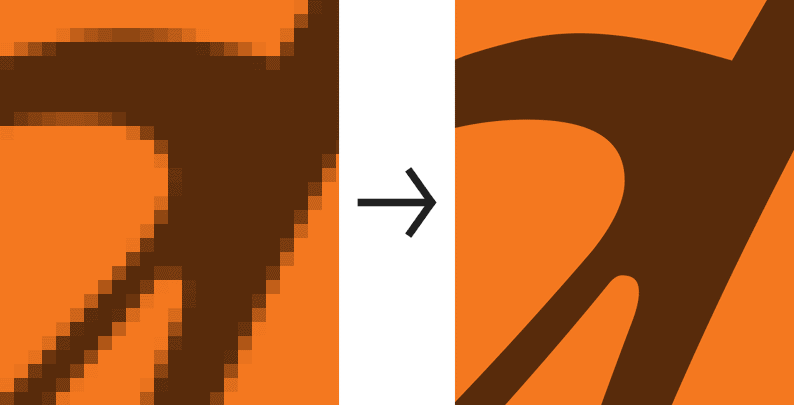
Getting a $$ degrees angle is of course possible by computing $arccos(\frac)$. In the 3D case, your two vectors would be on some plane (the plane that you can get its normal from the cross-product of the two vectors). So there is no real sense in a value in a range larger than $$. The angle from the front will be the opposite of the angle that you see from the back. The dot product will therefore basically measure the length of that vector, but with the correct sign attached to it.īefore reading this answer - Imagine your angle in a 3D space - you can look at it from the "front" and from the "back" (front and back are defined by you). This might be easier to implement in some APIs, and gives a different perspective on what's going on here: The cross product is proportional to the sine of the angle, and will lie perpendicular to the plane, hence be a multiple of $n$. The determinant could also be expressed as the triple product: One condition for this to work is that the normal vector $n$ has unit length. In this case, you can adapt the 2D computation above, including $n$ into the determinant to make its size $3\times3$. Then the axis of rotation will be in direction $n$ as well, and the orientation of $n$ will fix an orientation for that axis. Well trigonometry says that if you have a 2d vector and you want to find an angle, you need a reference angle that is typically straight up or straight to the side if you're finding an angle between the vector and the floor. One special case is the case where your vectors are not placed arbitrarily, but lie within a plane with a known normal vector $n$. In this case, the dot product of the normalized vectors is enough to compute angles. One common convention is to let angles be always positive, and to orient the axis in such a way that it fits a positive angle. That axis of rotation does not come with a fixed orientation, which means that you cannot uniquely fix the direction of the angle of rotation either. In 3D, two arbitrarily placed vectors define their own axis of rotation, perpendicular to both. Many programming languages provide a function atan2 for this purpose, e.g.: dot = x1*x2 + y1*y2 # dot productĪngle = atan2(det, dot) # atan2(y, x) or atan2(sin, cos) And if you know the cosine and the sine, then you can compute the angle. Just like the dot product is proportional to the cosine of the angle, the determinant is proprortional to its sine. Transform.rotation = _finalPosition.I'm adapting my answer on Stack Overflow. finally set the rotation to target rotation Transform.position = RotatePointAroundPivot(_finalPosition.position, _pivotPosition.position, _finalPosition.rotation)- _pivotPosition.localPosition set the final position after rotating around the pivot and offset the pivot local position Transform.position = _finalPosition.position I want to move this object to the target Position Transform _finalPosition //I want to move this transform to here Transform _pivotPosition //parented to this transform Posting this here so anyone else that might want to do the same can benefit without having to spend too much time figuring it out. But the original transform has a pivot that it needs to rotate around that is not at the center. I wanted to have a transform move to a new point and rotate it to match this new point's rotation. Assuming the latter, we can imagine your vector moving diagonally in comparison to a reference vector moving parallel to the floor.

but took some time to wrap my mind around this to fit this solution to what I needed to do.


 0 kommentar(er)
0 kommentar(er)
